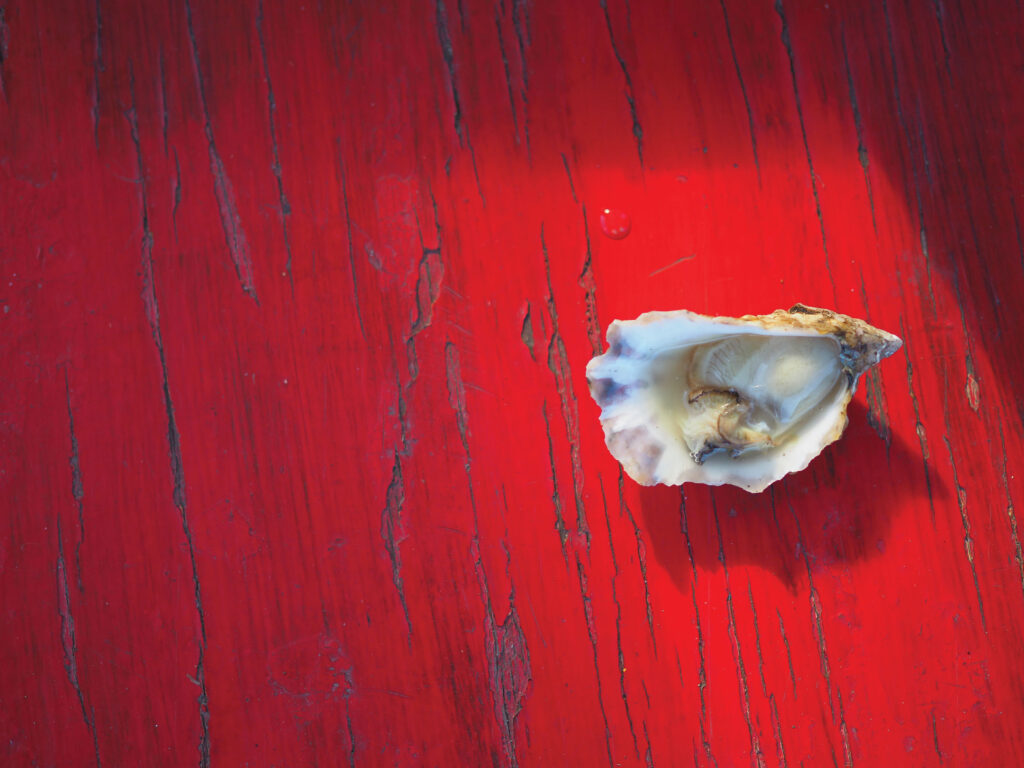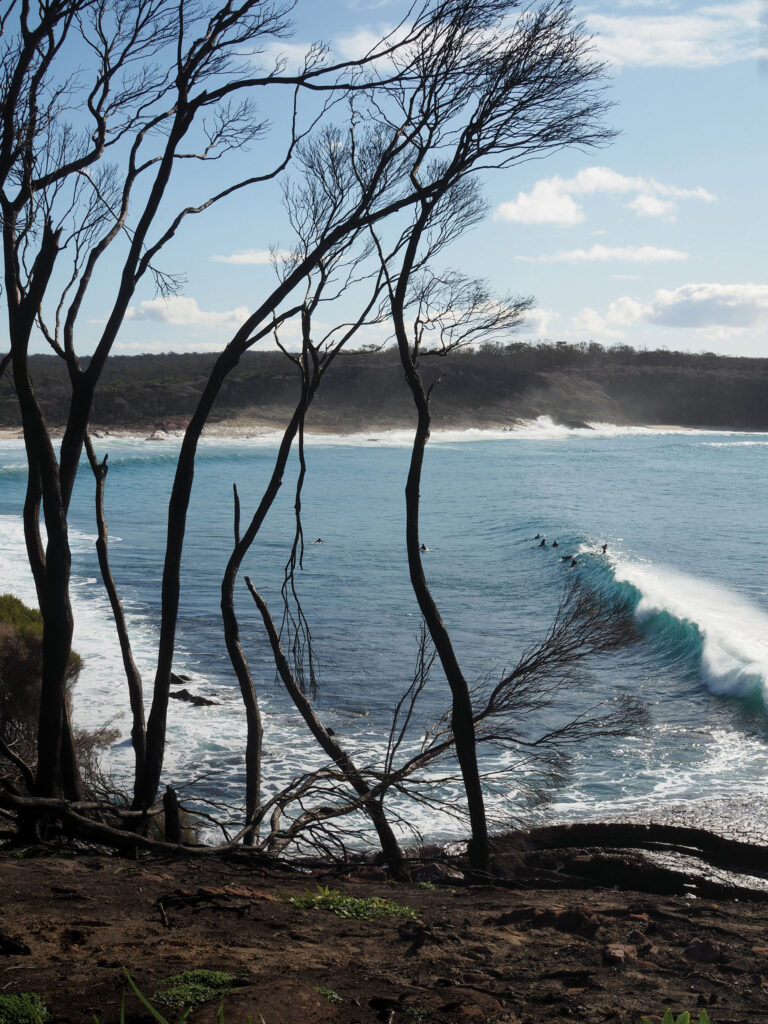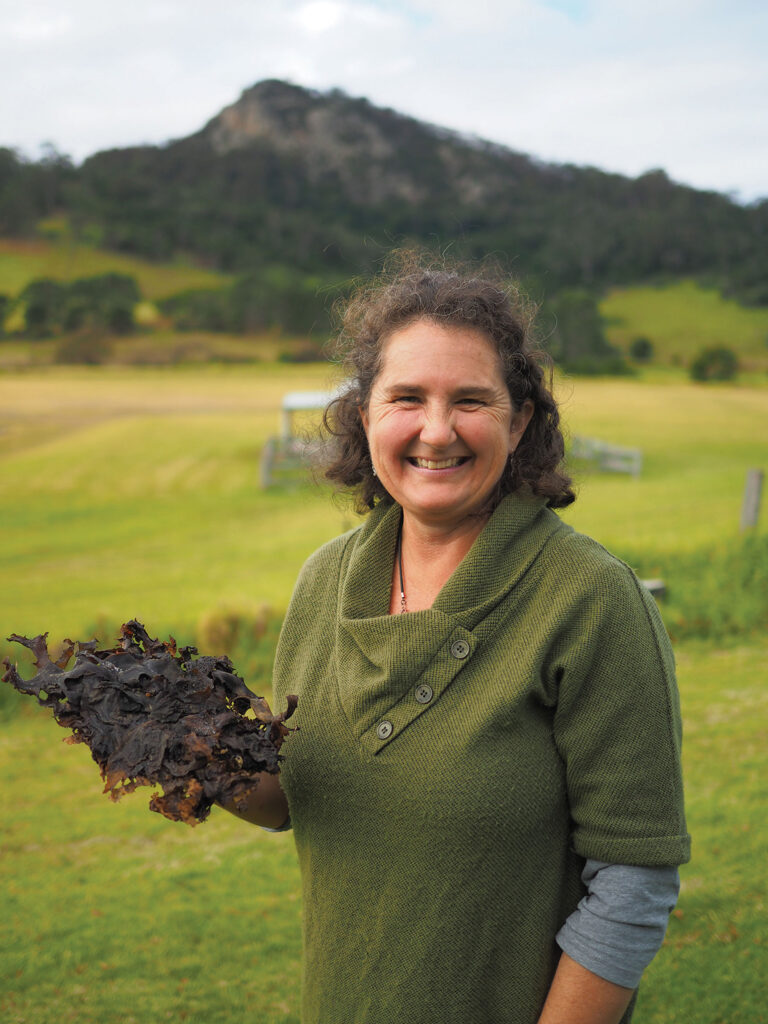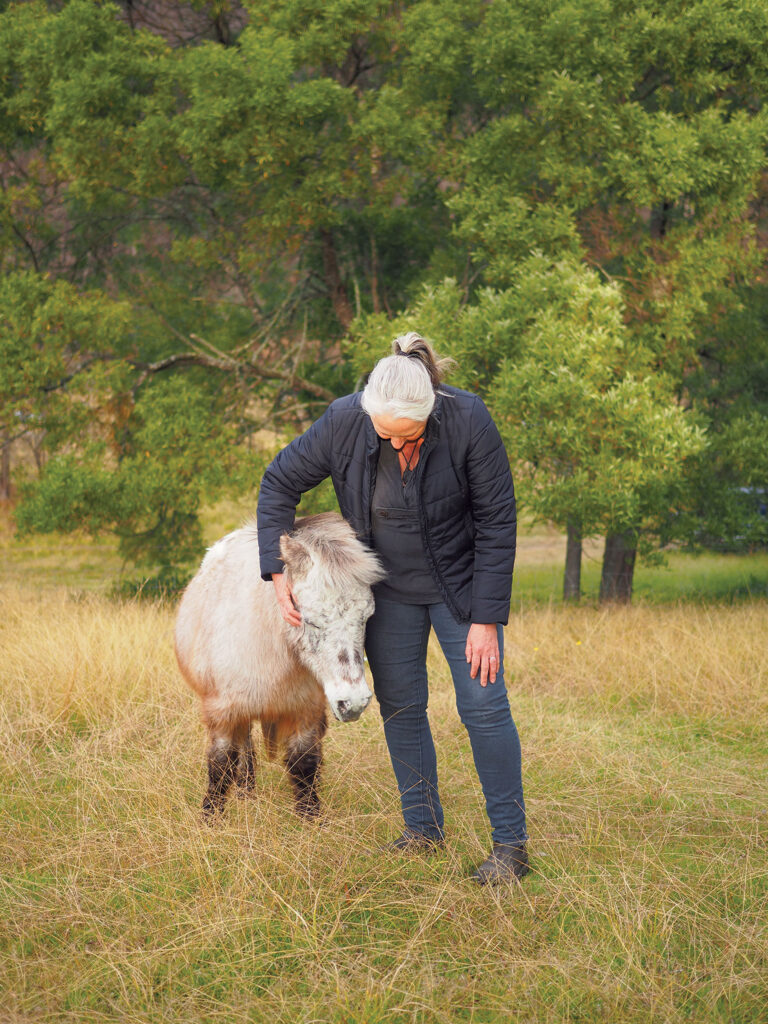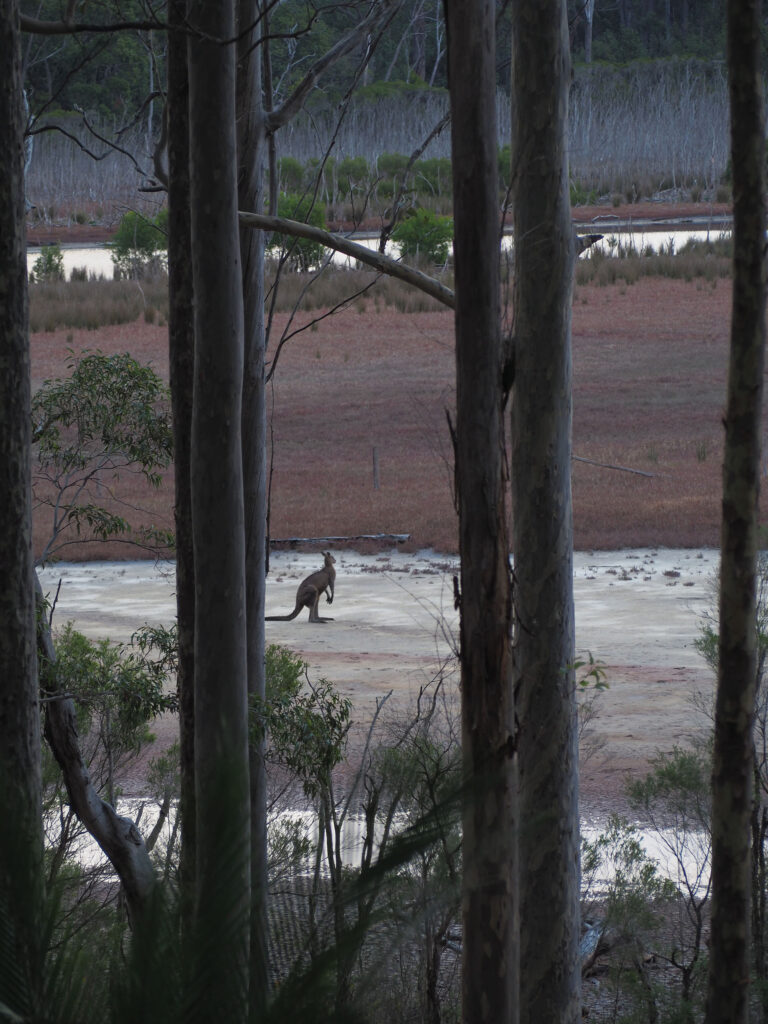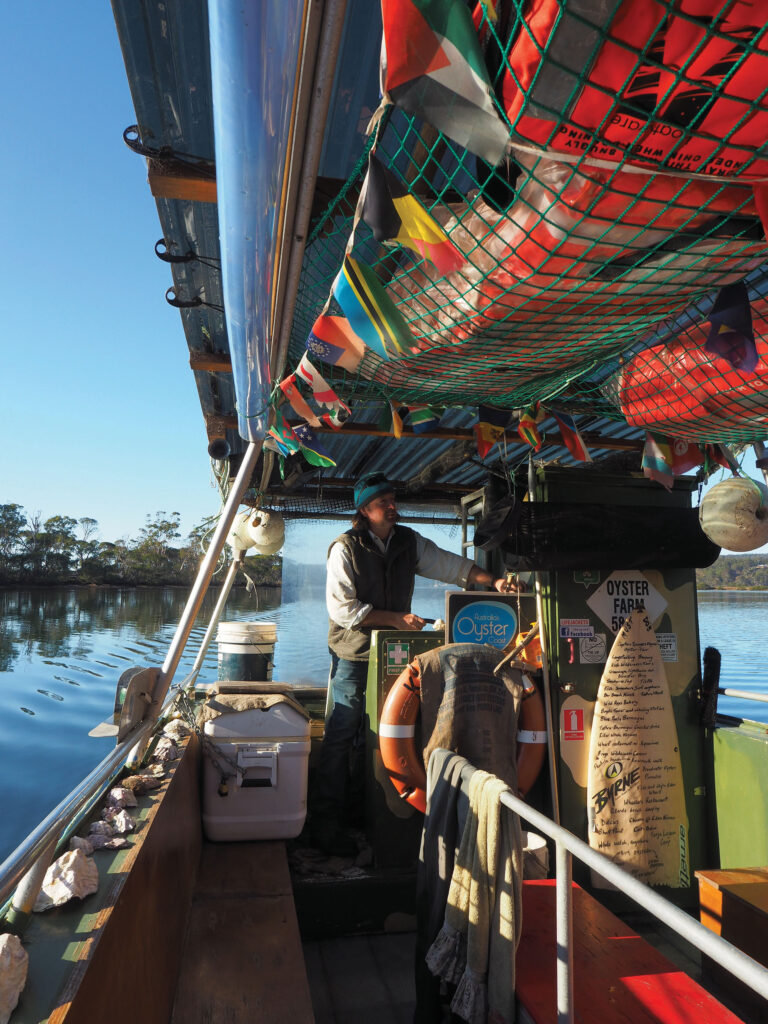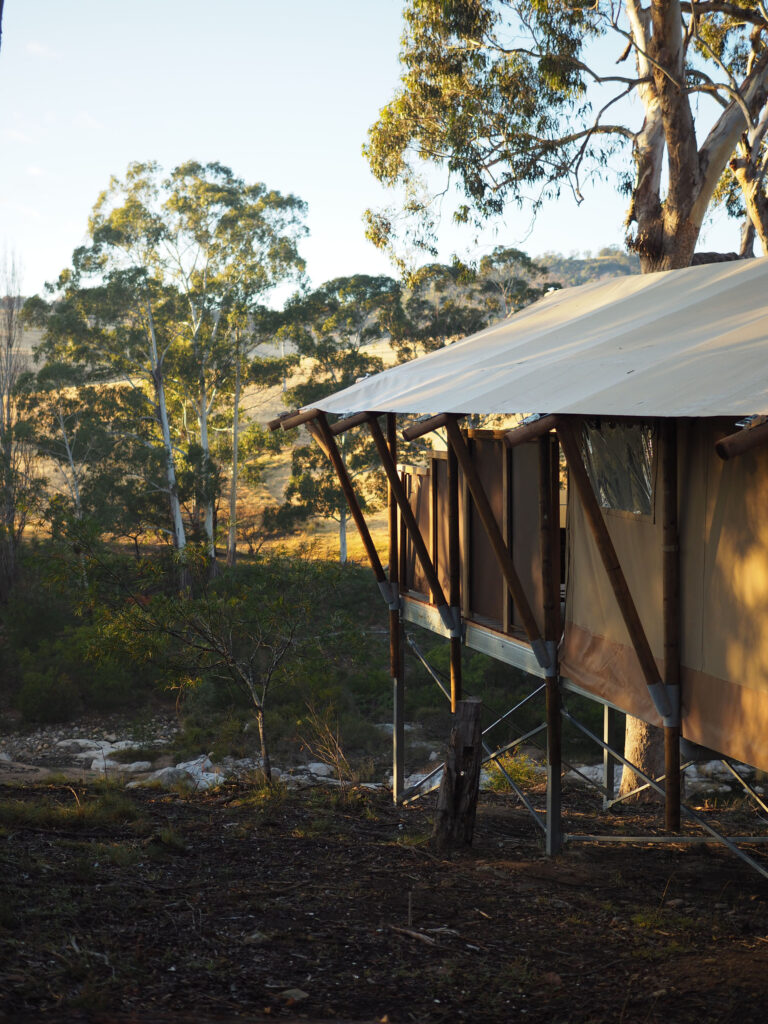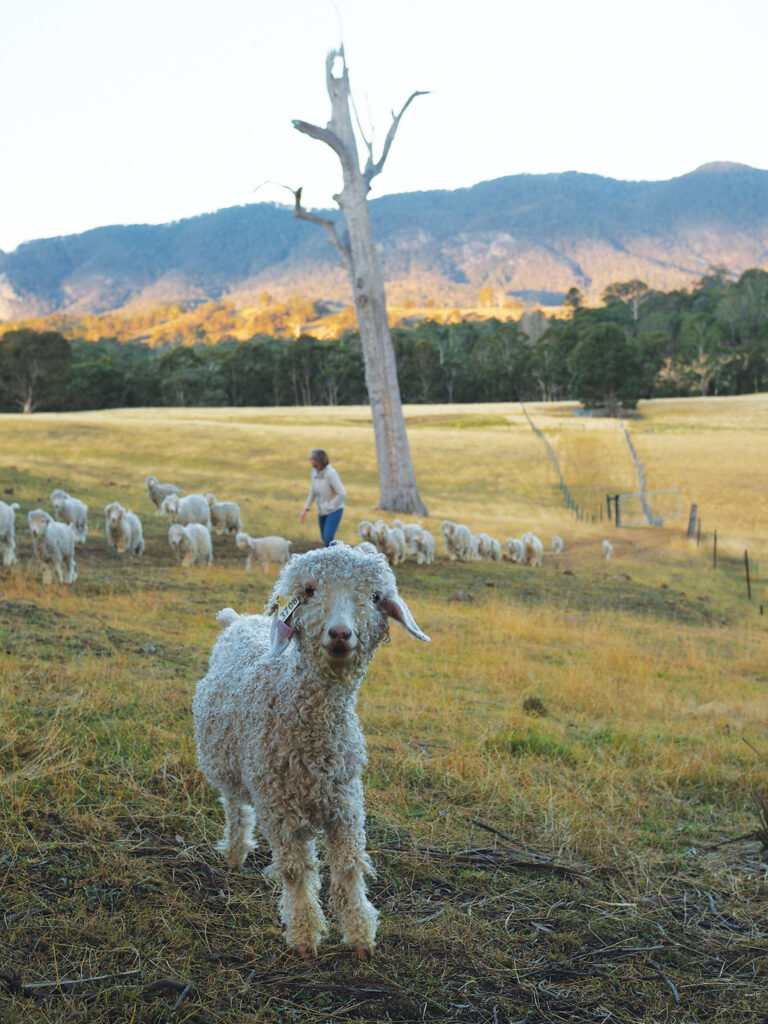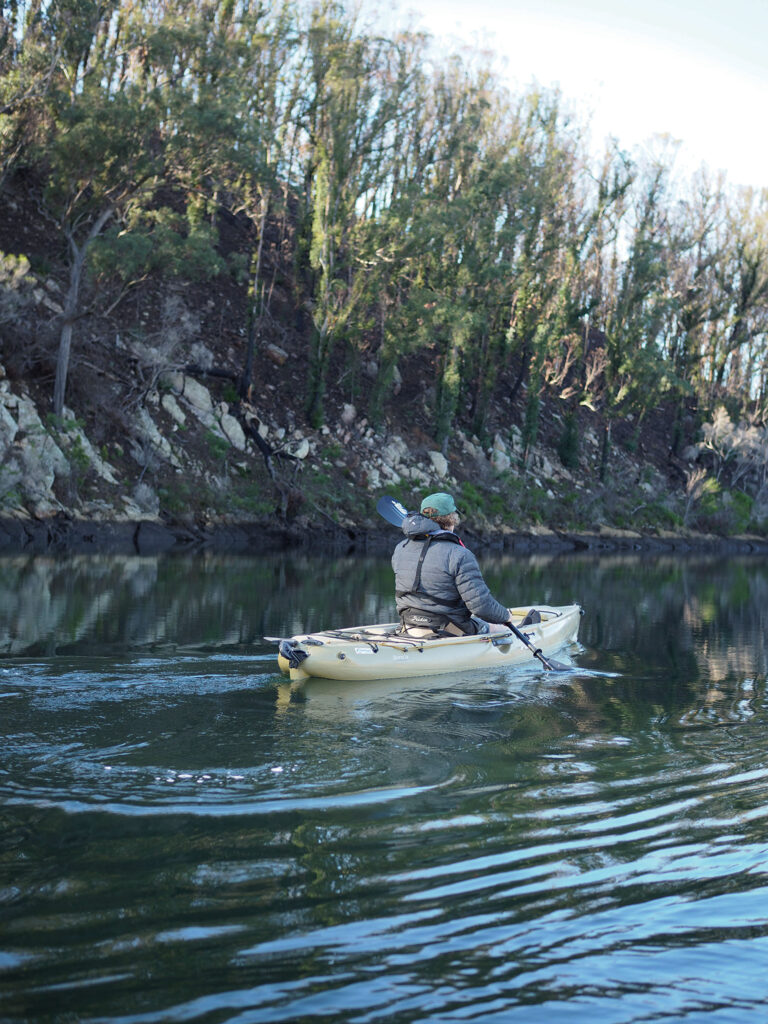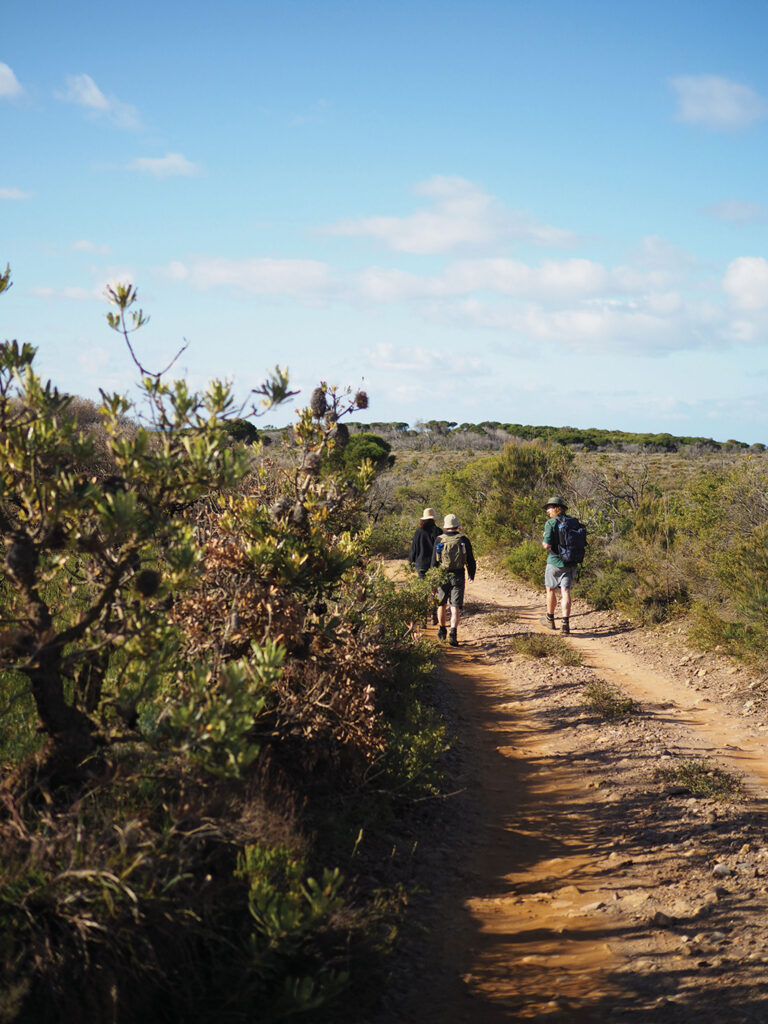Community Spirit
The magnificence of NSW’s Sapphire Coast is comparable only to the fortitude of its people.
Crossing into New South Wales north of Genoa, the land of milk and honey pops with colour as the leaden sky breaks. The Sapphire Coast undoubtedly has one of the most seductive stretches of bays and rolling hills of any coastal hinterland in Australia.
The region is bountiful from Eden to Bermagui and inland up the Towamba and Bega valleys and countless other estuaries. On a recent visit after the devastating Black Summer bushfires, we were amazed by the resilience of the flora and, more importantly, the community. The welcoming nature of the locals and the pride in their endeavours was incredibly admirable in the face of a wall of unprecedented crises.
There are many options for a short stay. We initially camped out in comfort in safari tents at Tanja Lagoon Camp on the edge of Mimosa Rocks National Park. There are walks from the lagoon to pristine ocean beaches and on via headlands and rainforest gullies to the spectacular Bithry Inlet. The camp has witnessed a marked transformation in the last two decades, with owners Loz and Sam embarking on a challenging revegetation program with over 7000 trees and shrubs planted. The vision is to add additional self-contained accommodation and create a centre for science projects, permaculture principles and sustainable solutions.
From Tanja, explorative day trips are up the coast to the fishing port of Bermagui and on to the regional towns. At Tilba Tilba at the base of Mt Gulaga (spiritual mother) we caught up with Jo Lane, a marine scientist who took over the legendary Kelp Lady, Betty Long’s business in 2015, renaming it Sea Health Products. Jo is passionate about the many uses and benefits of seaweed in foods, lotions, pharmaceuticals and fertilisers. In 2019, Jo undertook a Churchill Fellowship to learn from international producers. On their property overlooking Nudganooga (Gulaga’s younger son), Jo dries and processes the seaweed which is then shipped around Australia to end users.
Nearby in Cobargo, the town is recovering after the horrific bushfire razed main street buildings and destroyed businesses. The Cobargo Creators have a successful gallery showcasing work from local designers inspired by the region’s landscape and wildlife. The collective has received welcome support in donations of materials to the recently established art bank. After a revitalising lunch in a sun-drenched courtyard we wandered past Well Thumbed Books and were welcomed in by the owners enjoying an arvo kerbside cuppa to explore a remarkable and diverse collection.
The next morning, post a dawn ocean dip whilst observing migratory humpbacks, we caught up with Brett on a shimmering Pambula Lake. Brett (aka Captain Sponge) is the chair of Sapphire Coast Wilderness Oysters and oversees an important local industry. The oyster leases are sentinels for the health of the estuaries and flag any rise in nutrient run-off or adverse environmental impact. We followed the ancient flooded valley to the famed river mouth as Sponge pointed out middens and significant camping sites of the Yuin people. Below in the crystal incoming tide, large schools of bream swam upstream.
The south-east coast was a seasonal gathering for regional tribal groups during the summer months as they would prepare for the trek inland to the Australian Alps. One defined route is the Bundian Way which is being developed as a connected walking track. Les Kosez has overseen the installation of plaques with stories conveying the sense of place and custodianship of the land. The first stage is a contemplative walk through coastal scrub skirting the majestic Turemulerrer (Twofold Bay) with dramatic ranges rising to the west.
Leaving the coastal tranquility, we headed inland to the home of Saarinen Organics nestled at the base of dense forested hills. Owners Kay and Greg were evacuated on multiple occasions throughout the summer as the massive inferno tracked north. Amazingly, their straw bale home and laboratory survived in part due to a row of fire-retardant hakeas and the fortuitous melting of the water tank. The business is once again fully active, producing a range of skincare products made from homegrown botanicals.
As the sun dipped behind Mount Darragh, we crossed into the Towamba Valley to the newly-established Currajong Common. This 100-acre spread is an exemplar of regenerative farming. Owners Grant and Jenny were not just smitten with the ideal location along the banks of the Towamba River, but have fallen for the farm’s 300 Angora goats which came with the property’s purchase. Teaming with daughter Lara, they have established safari tents high on the river’s bank. Lara, who studied industrial design, has cleverly styled each abode drawing on the colours of the landscape and local flora. On a freezing winter’s night we were snug with wood stove roaring and the river gurgling below us. This is a major project for the family as they invest in off-grid infrastructure with plans to add additional tents.
On yet another crisp morning we catch up with Jenny, who runs Kiah Wilderness Tours with Arthur. With encouragement from the winter sun on our backs, we paddled kayaks down the Towamba towards its mouth at Twofold Bay as Jenny regaled us with recent trips to the Amazon, Patagonia and the Antarctic. Kayaking is such a meditative way to observe the bush and fauna. We drifted past nesting sea eagles watching our every movement. The contrast of the landscape is striking from this vantage point. Burnt ridges and destroyed farms are adjacent to lush gullies descending to sandy beaches. Way up the bank, the reach of recent floods can be seen.
Late morning, we headed further south and met Tess and Cam at the sheltered Bittangabee Bay. The Light to Light walk is a 30-kilometre wilderness trek operated by these two passionate guides, following the coast from Boyds Tower to Green Cape Lighthouse with overnight stays at Saltwater Creek and Bittangabee Bay. Due to the summer bushfires, the northern section is currently closed, however, the southern trek to the cape is a revelation as we crossed coastal heath and forests and finished at the panoramic Pulpit Rock.
The attraction of this region is enhanced by its distance from large cities. The beaches, bush and bays sparkle and rejuvenate. Yet the most endearing legacy is the indomitable spirit of the local producers and tour operators and their generosity in the face of adversity.
